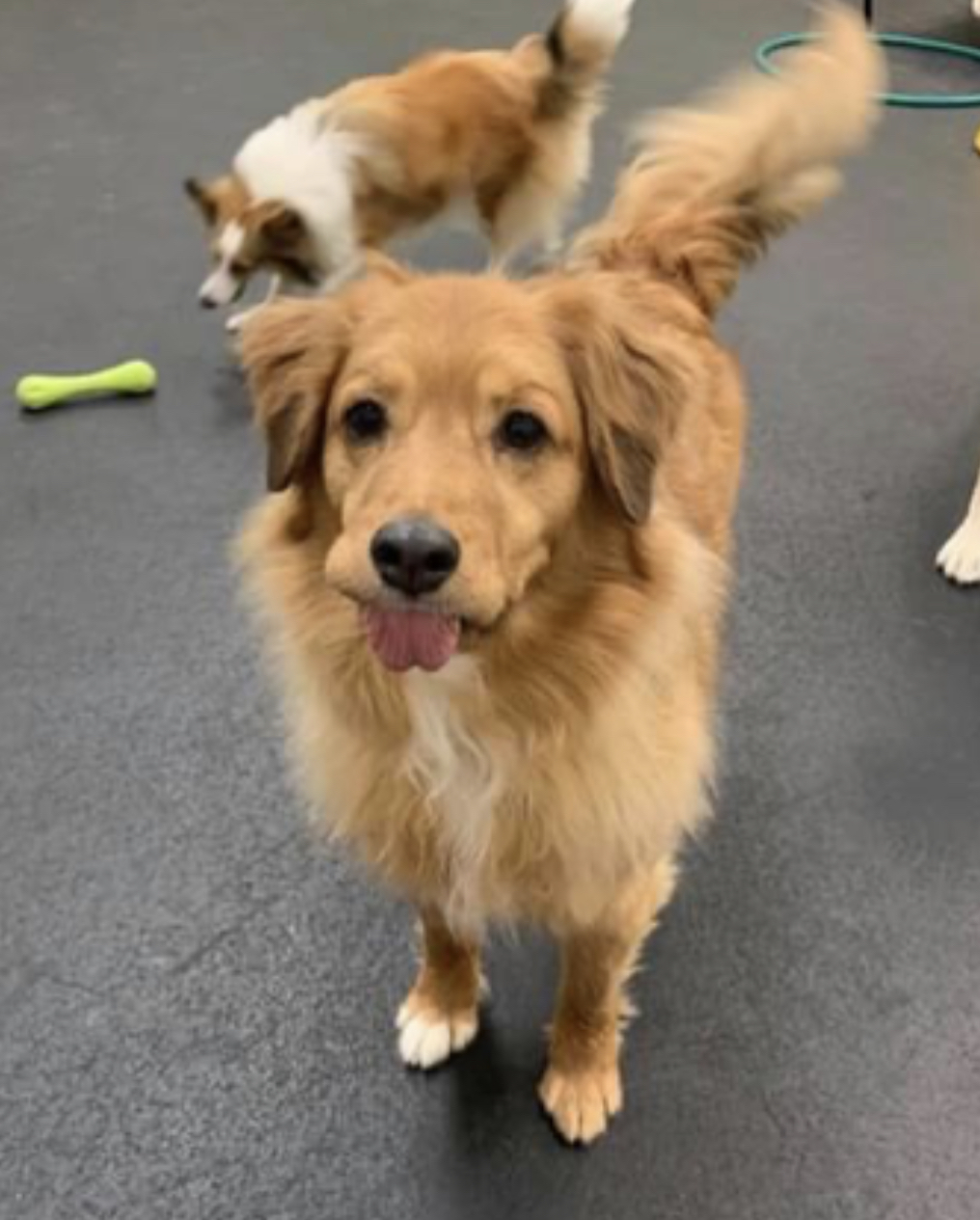Dentigerous Cysts

Dentigerous Cysts
Dentigerous Cysts are rarely noted in cats and are far more common among dogs, especially brachycephalic breeds (Pugs, Boxers, Shih Tzus, Boston terriers, etc). Depending on its size and location, a dentigerous cyst can involve 1 tooth or many teeth. The tooth that most commonly becomes impacted or embedded in the dog, leading to a dentigerous cyst, is the mandibular first premolar.
Patients with a small dentigerous cyst are generally asymptomatic (no discomfort/swelling) and may go undiagnosed unless incidentally noticed on oral radiography performed during a routine dental procedure. It is always important to perform dental x-rays on any “missing teeth” as these can be impacted teeth or may be dentigerous cysts.

Dentigerous cysts are associated with unerupted or impacted tooth structures; the cysts form when abnormal dental epithelial tissue expands. This expansion causes trauma and damage to the surrounding bone of the jaws, thus allowing the cyst to become larger.
Treatment involves removal of the entire unerupted or impacted tooth structure and thorough removal of the epithelial lining of the cyst wall. Treatment intervention is best when the dentigerous cyst is recognized early on and treatment can be performed before destructive expansion of the cyst occurs. There have been a few cases, where if left untreated, these cystic linings can transform into squamous cell carcinoma (a malignant cancer).
